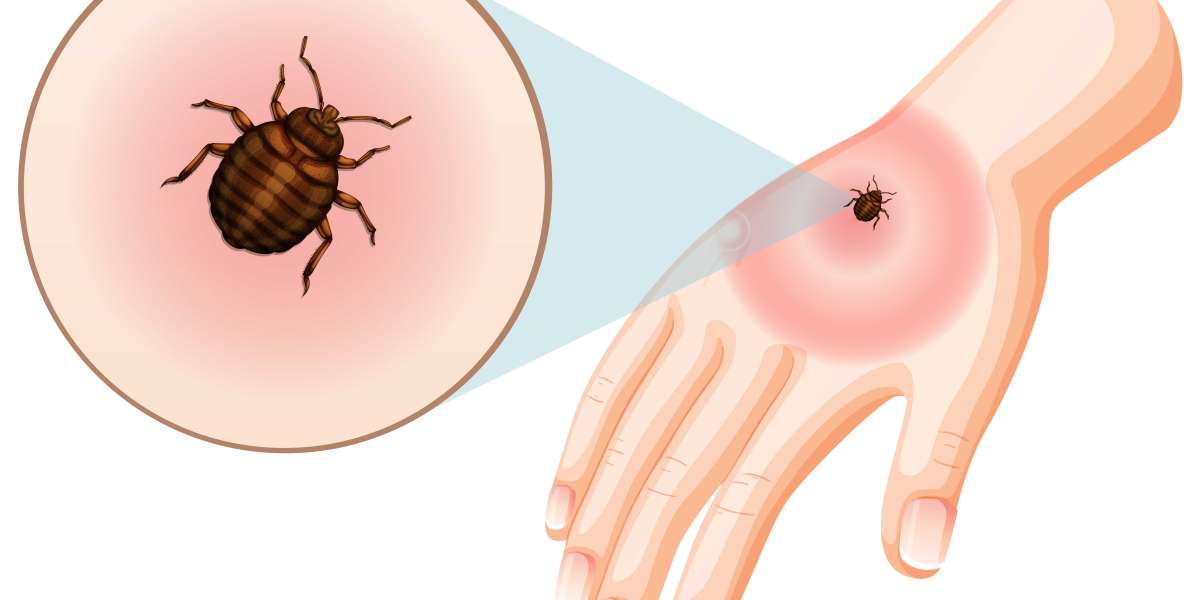Lyme disease is a bacterial infection transmitted to humans through the bite of infected black-legged ticks. It presents a range of symptoms, from fever and fatigue to joint pain and neurological issues. Managing these symptoms effectively is crucial for improving quality of life. This article explores the top strategies for Lyme disease relief and treatment, offering valuable insights into how individuals can find symptom relief and improve their overall well-being.
The Basics of Lyme Disease
Lyme disease is caused by the bacterium Borrelia burgdorferi, and its symptoms can vary widely among individuals. Early detection and treatment are critical to prevent the disease from progressing to more severe stages. Common symptoms include:
- Fever and chills: These flu-like symptoms often occur early in the infection.
- Fatigue: Persistent tiredness is a common complaint among those with Lyme disease.
- Joint and muscle pain: Aching joints and muscles can significantly impact daily activities.
- Neurological issues: In some cases, the disease can affect the nervous system, leading to headaches, dizziness, and even memory problems.
Top Strategies for Lyme Disease Relief
Early Diagnosis and Treatment
The first step in Lyme disease relief is early diagnosis. If you suspect you've been bitten by a tick or exhibit symptoms, seek medical attention promptly. A healthcare provider can diagnose Lyme disease through clinical evaluation and blood tests. Early treatment with antibiotics can often prevent the progression of symptoms and provide significant relief.
Antibiotic Therapy
Antibiotic therapy is the cornerstone of Lyme disease treatment. The most common antibiotics prescribed include doxycycline, amoxicillin, and cefuroxime. The duration of treatment typically ranges from two to four weeks, depending on the stage and severity of the disease. It's crucial to complete the full course of antibiotics as prescribed by your doctor to ensure effective symptom management and disease eradication.
Pain Management
Joint and muscle pain can be debilitating for those with Lyme disease. Over-the-counter pain relievers such as ibuprofen or acetaminophen can help alleviate discomfort. In more severe cases, a doctor may recommend prescription pain medications or physical therapy to manage chronic pain effectively.
Lifestyle Modifications
Adopting a healthy lifestyle can significantly contribute to Lyme disease relief. Regular exercise, a balanced diet, and adequate sleep can boost the immune system and help manage symptoms. Gentle activities such as yoga or tai chi may improve flexibility and reduce joint pain. Additionally, stress management techniques like meditation or deep breathing exercises can aid in overall symptom relief.
Herbal and Natural Remedies
Some individuals seek alternative treatments for Lyme disease relief. Herbal supplements such as garlic, ginger, and turmeric are believed to have anti-inflammatory properties and may help reduce symptoms. However, it is essential to consult a healthcare provider before starting any herbal treatment, as interactions with medications or side effects can occur.
Supportive Therapies
Supportive therapies like acupuncture or massage may offer symptom relief for some individuals. These therapies can help reduce pain, improve circulation, and enhance relaxation. While not a substitute for medical treatment, they can complement conventional therapies and contribute to overall well-being.
Monitoring and Follow-up Care
Regular follow-up appointments with a healthcare provider are crucial for managing Lyme disease effectively. Monitoring symptoms and adjusting treatment plans as needed can help ensure long-term relief. It's essential to communicate any changes in symptoms or new concerns with your healthcare provider promptly.
Preventing Lyme Disease
While symptom management is vital, prevention is equally important. To reduce the risk of contracting Lyme disease, take the following precautions:
- Wear protective clothing: Long sleeves, pants, and closed shoes can minimize skin exposure to ticks.
- Use insect repellent: Apply a repellent containing DEET on exposed skin and clothing.
- Check for ticks: After spending time outdoors, perform thorough tick checks on yourself, your family, and pets.
- Maintain your yard: Keep grass trimmed and remove leaf litter where ticks may hide.
Read more: https://biomagnetismforlymedisease.com/does-biomagnetism-work-for-lyme-disease/
Conclusion
Understanding Lyme disease and implementing effective strategies for symptom management and relief can significantly enhance quality of life. Early diagnosis, appropriate treatment, and lifestyle modifications are key components in managing this complex condition. By staying informed and proactive, individuals can take control of their health and find relief from Lyme disease symptoms.








